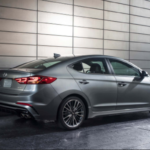2019 hyundai sports car – goes on sale at the end of 2018, the brand will be well on its way to completely relaunching its entire SUV lineup—although this revamp comes with a little confusion. This new Santa Fe is effectively a replacement for the outgoing Santa Fe Sport
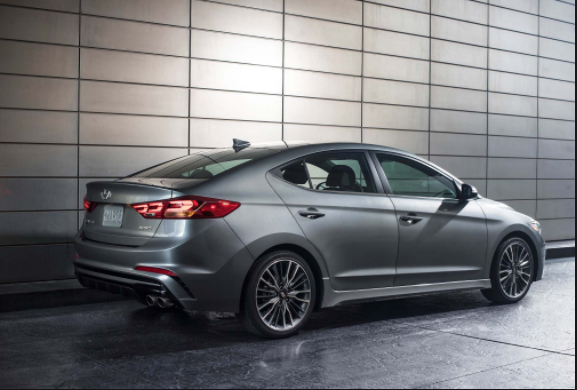
. Today’s longer-wheelbase Santa Fe will continue for one more model year, rechristened the Santa Fe XL, until a new three-row SUV under a new name debuts for the 2020 model year. Along with the new Kona and fuel-cell Nexo, there will be a new Tucson and a smaller-than-Kona crossover by 2021, too. If you’re counting, that’s six new or redesigned Hyundai SUVs in half as many years.
2019 Hyundai Sports Car Models
For now, the subject is the new Santa Fe no-longer-Sport and, judging by our drive of South Korea–spec vehicles, Hyundai is on a good track. For starters, the new ute looks more grown-up and handsome. The rear glass is more vertical, a boon to headroom for the sort-of-optional third-row seats (more on that later) and cargo space. With shorter overhangs, a longer wheelbase, greater length, and slightly more girth than the ’18 Santa Fe Sport, interior space is up, too. Hyundai increased visibility by employing what it claims is 41 percent more glass area than in the outgoing Santa Fe Sport to nurture the target markets of empty nesters and families moving up from a sedan
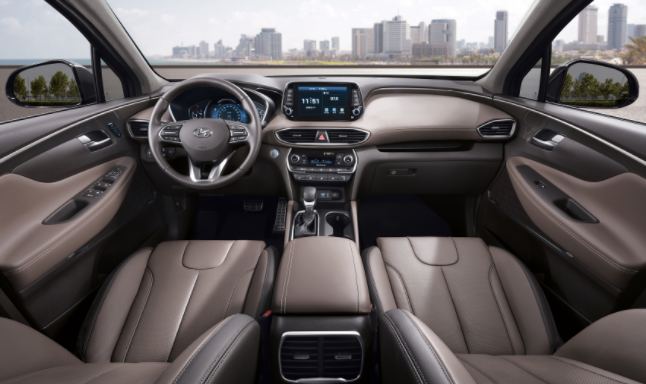
Hyundai calls its new grille design “cascading,” although naming facial features is a faux pas unless your name is Rollie Fingers or Ambrose Burnside. The polygonal design is available in black or bright finishes, and its design theme carries over to the interior, echoed in elements like the seat pattern and the speaker covers. It’s a nice design touch that partially makes up for some hard-looking and -feeling plastics, particularly on the seldom-touched trim pieces on the lower instrument panel.
One thing that hasn’t changed is the font Hyundai uses for its switchgear, which reminds some of us of the often-ridiculed Comic Sans. If it doesn’t bother you, you’ll love the dashboard’s simple, straightforward layout, complete with a standard 7.0-inch touchscreen infotainment display (8.0 inches if you opt for navigation). Initially, we feared that the volume and tuning knobs, positioned in the lower corners of the infotainment display on the dash, would require a long reach, but both are easily accessed from the front seats.
2019 Hyundai Sports Car Interior And Exterior
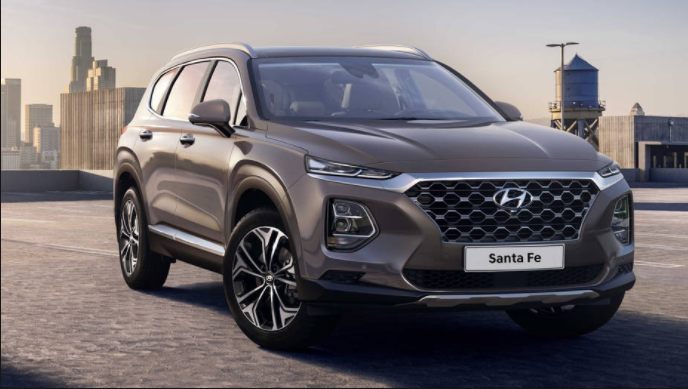
Base cars will have an instrument panel with a 3.5-inch LCD screen between a conventional tach and speedometer. In upper trim levels, an analog tachometer and fuel and coolant-temperature gauges flank an optional 7.0-inch “virtual cluster” in the instrument binnacle. Depending on the driving mode, this display changes its color theme—blue for Normal, red for Sport, green for Eco—and it can display a digital readout or a facsimile of an analog speedometer. Throttle and transmission calibrations change with these modes, although we found little reason to divert from Normal 2019 hyundai sports car
2019 Hyundai Sports Car Engine
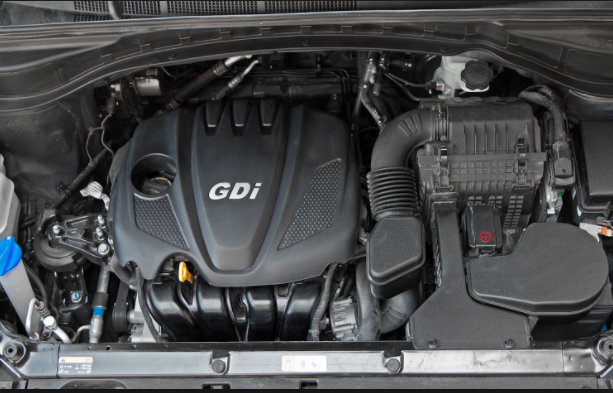
For its first model year, the Santa Fe will come with two familiar inline-four engines—the 185-hp 2.4-liter and the 235-hp turbocharged 2.0-liter found throughout Hyundai’s sport car lineup—paired with an unfamiliar and new eight-speed automatic transaxle of Hyundai’s own design. All-wheel drive is available across the board. A hot rod the Santa Fe is not, and its zero-to-60-mph times are predicted to be in the seven-second range.

